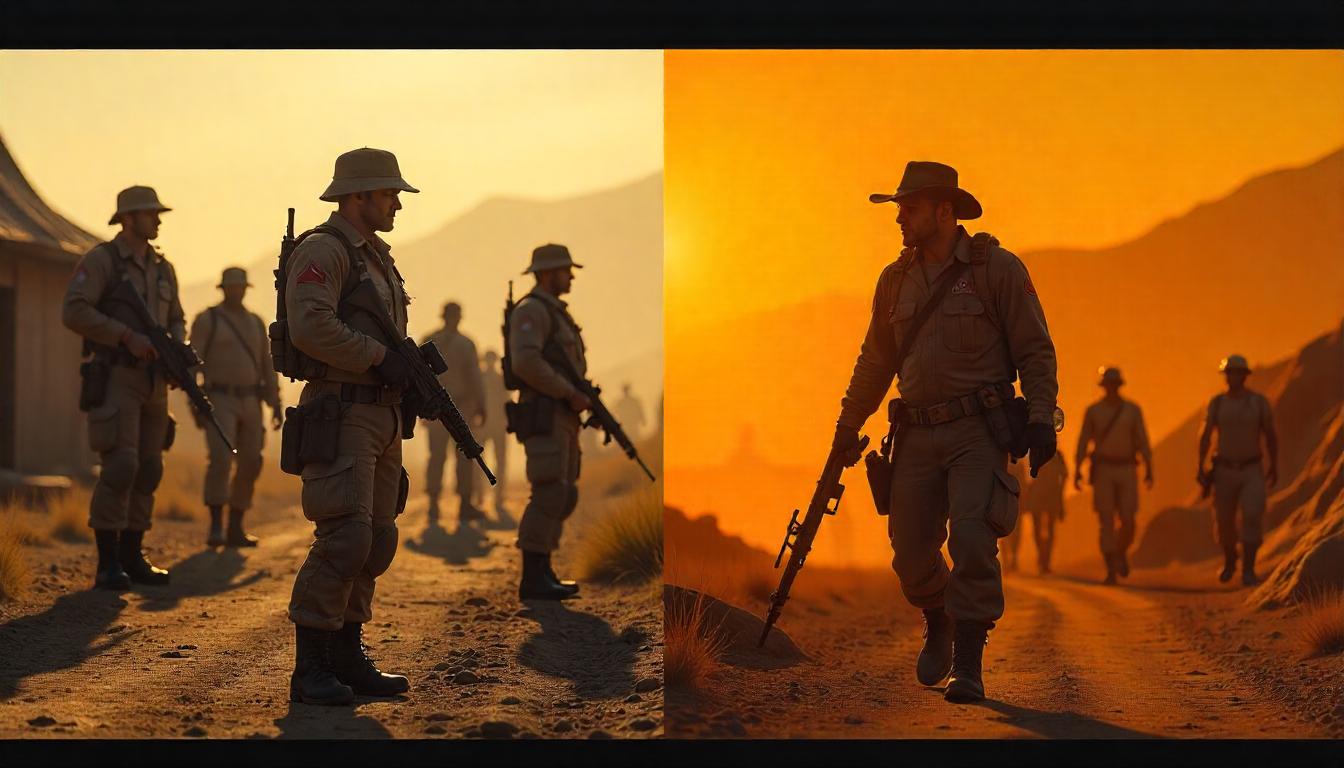In the boundless realm of open-world gaming, size isn’t everything—but when paired with masterful world design, it can lead to some of the most immersive, breathtaking adventures a player can experience. The feeling of stepping into an endless world, where the horizon teases hidden wonders and the map stretches as far as imagination allows, is an unrivaled thrill. From sprawling deserts and endless seas to entire galaxies waiting to be charted, some games push the limits of exploration in ways that redefine what an open world can be.
Here, we embark on a journey through the ten largest open-world maps in gaming history, ranking them not just by sheer square mileage, but also by the sense of adventure they instill, their world-building finesse, and the depth of exploration they offer.
10. The Crew (Ubisoft, 2014) – 5,000 sq. km
Ubisoft’s The Crew takes road warriors on a cross-country tour of the United States, offering a scaled-down yet impressively vast rendition of the nation’s highways, cities, and scenic backroads. Whether you’re zipping through the neon-soaked streets of Las Vegas or taking in the natural splendor of the Grand Canyon, The Crew fosters a sense of freedom few racing games have managed to capture.
9. Fuel (Codemasters, 2009) – 14,400 sq. km
Fuel is the very definition of vast. This post-apocalyptic racer throws players into a desolate, Mad Max-style world brimming with storms, dusty wastelands, and deserted highways. While the map is impressive in sheer scale, its mostly barren landscape leans more towards an endurance test than a rich, exploratory experience. Still, for those who crave unfiltered, unrestrained road trips, Fuel delivers a map that’s impossible to fully conquer.
8. Minecraft (Mojang, 2011) – Infinite (Technically)
While procedurally generated and thus theoretically infinite, Minecraft’s world operates within a set of algorithmic rules that determine terrain generation. However, with a limit reaching over 4,000,000,000 sq. km, Minecraft isn’t just the largest world on this list—it’s the largest possible world in gaming. Its charm, however, lies in its player-driven exploration, where every hill, cave, and ocean biome tells a story crafted in real-time.
7. Assassin’s Creed: Odyssey (Ubisoft, 2018) – 256 sq. km
Ancient Greece has never felt more alive than in Assassin’s Creed: Odyssey. The game masterfully blends dense urban landscapes with sprawling seas, lush islands, and perilous mountains. The vastness of the Aegean is enhanced by naval combat and exploration, ensuring that every journey feels grand. While other maps may boast greater scale, Odyssey’s historical richness and deep lore make it one of the most immersive open worlds to traverse.
6. The Elder Scrolls II: Daggerfall (Bethesda, 1996) – 161,000 sq. km
The second Elder Scrolls entry remains one of the largest RPG maps ever created. Spanning multiple provinces in Tamriel, Daggerfall’s world is both vast and procedurally generated, offering over 15,000 locations to visit. While its scale is unmatched in traditional RPGs, its level of detail—due to technical limitations of the era—makes it feel more like a vast wilderness than a deeply handcrafted world. Still, its sheer size was revolutionary for its time.
5. Microsoft Flight Simulator (Asobo Studio, 2020) – Entire Earth
Yes, you read that right—Microsoft Flight Simulator’s world is a 1:1 recreation of our planet, built using satellite data and AI-assisted rendering. Every city, every landmark, every vast ocean and towering mountain is available to explore. It’s the ultimate open world in theory, though it leans heavily towards realism rather than player-driven exploration. For aviation enthusiasts, no game comes close to matching its sense of scale and realism.
4. The Witcher 3: Wild Hunt (CD Projekt Red, 2015) – 136 sq. km
Though not the largest map on this list, The Witcher 3’s world stands as one of the most beautifully realized, with every village, forest, and mountain steeped in folklore and narrative intrigue. The richness of its world design ensures that no journey is wasted—every corner of the Continent is brimming with stories, secrets, and dangers that reward those who wander off the beaten path.
3. Ghost Recon: Breakpoint (Ubisoft, 2019) – 440 sq. km
Ubisoft’s tactical shooter boasts an immense open world set on the fictional island of Auroa, featuring varied biomes, from dense jungles to icy mountain peaks. While the world itself is massive, its depth of interactivity and emergent gameplay—especially in co-op missions—enhance the sense of scale, making Auroa feel like a truly expansive battlefield.
2. No Man’s Sky (Hello Games, 2016) – Infinite (Procedurally Generated Universe)
A galaxy at your fingertips. No Man’s Sky takes procedural generation to the next level, crafting a universe with over 18 quintillion planets, each with its own unique ecosystem, landscapes, and atmospheric conditions. The game’s sense of scale is beyond comprehension, yet it’s the thrill of discovery that makes this universe feel alive. Whether warping between star systems or exploring an alien planet’s flora and fauna, No Man’s Sky delivers an adventure as endless as space itself.
1. Elite Dangerous (Frontier Developments, 2014) – The Milky Way (1:1 Scale)
No game comes close to capturing the grandeur of space exploration like Elite Dangerous. Its fully explorable Milky Way galaxy, crafted to real-world astronomical accuracy, ensures that no two voyages are the same. The sense of scale is humbling—black holes, neutron stars, and countless planets await those brave enough to chart the void. For those seeking the ultimate open-world adventure, Elite Dangerous is not just a game—it’s a journey through the cosmos itself.
The Thrill of the Open Road, Ocean, and Cosmos
While some worlds offer vast landscapes to roam, others provide deeply curated environments that feel alive with history and meaning. The biggest open worlds are not just about their size but about the experiences they offer—whether it’s scaling the snowy peaks of a forgotten kingdom, wandering through neon-drenched city streets, or drifting alone in the endless expanse of space.
Which of these colossal open-worlds have you dared to explore? Are there any digital frontiers that deserve a place among the greats? The adventure never truly ends—it just stretches beyond the next horizon.






Leave a Reply